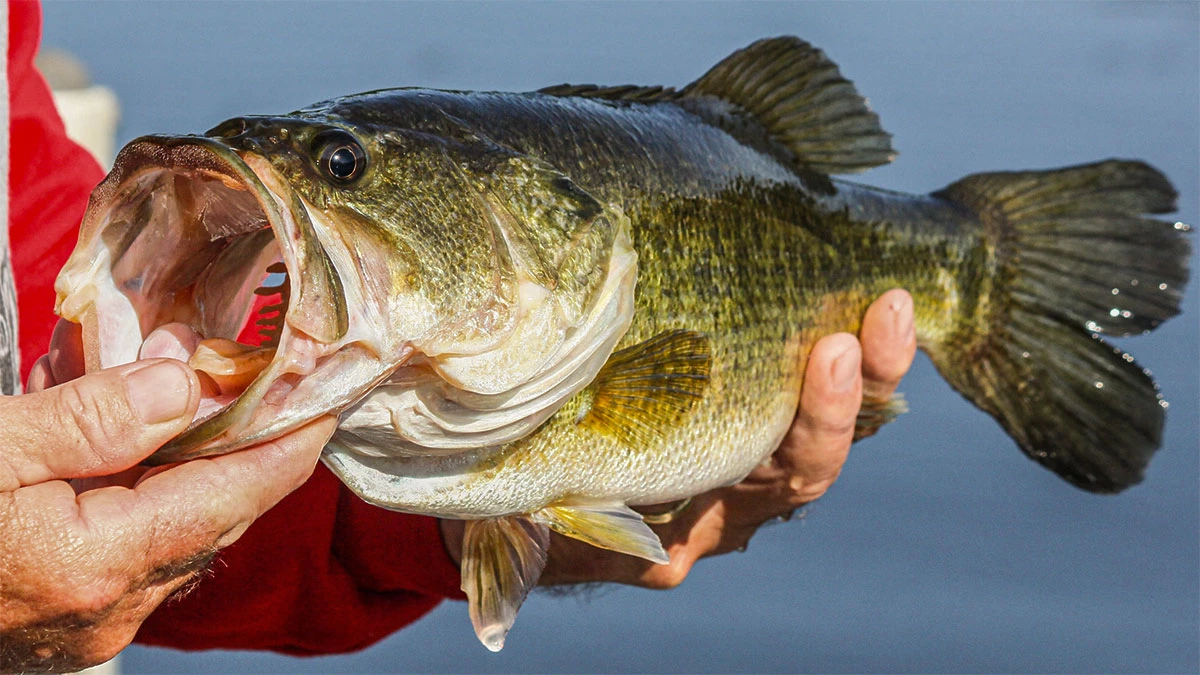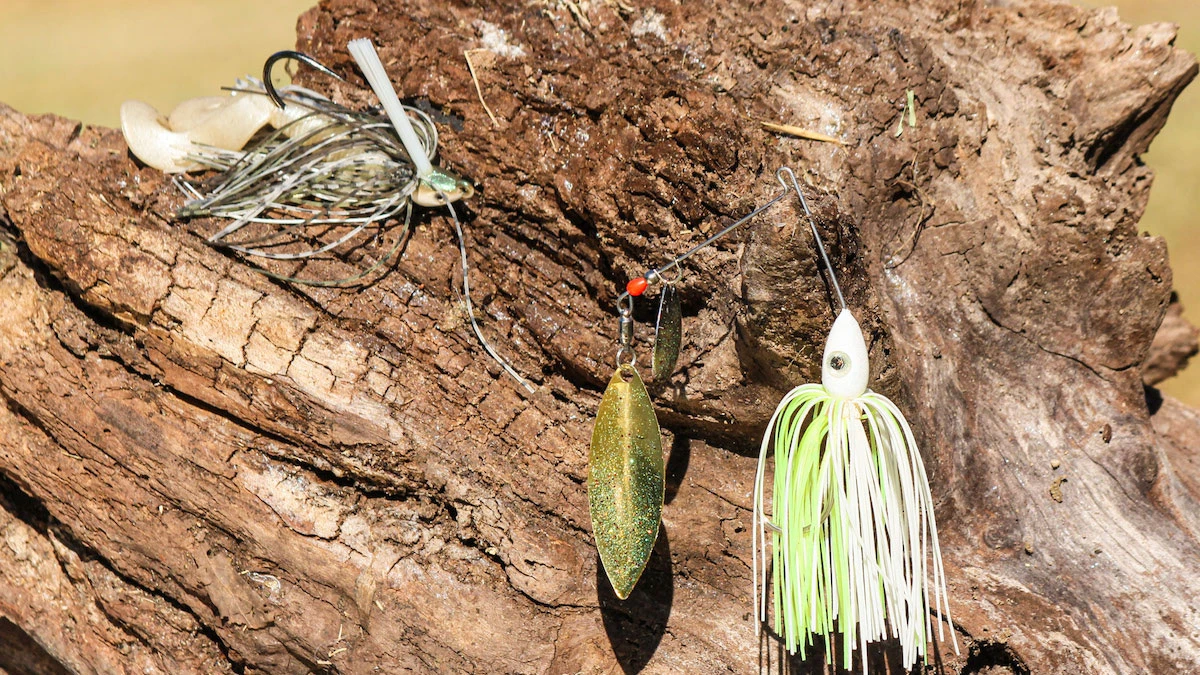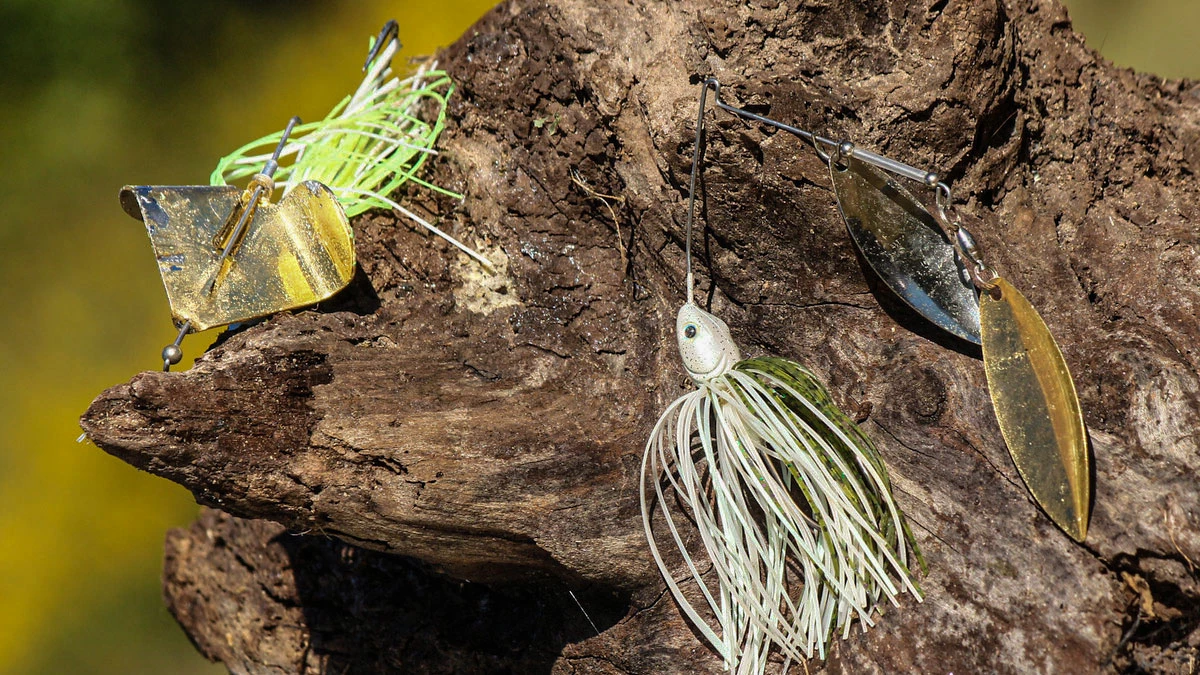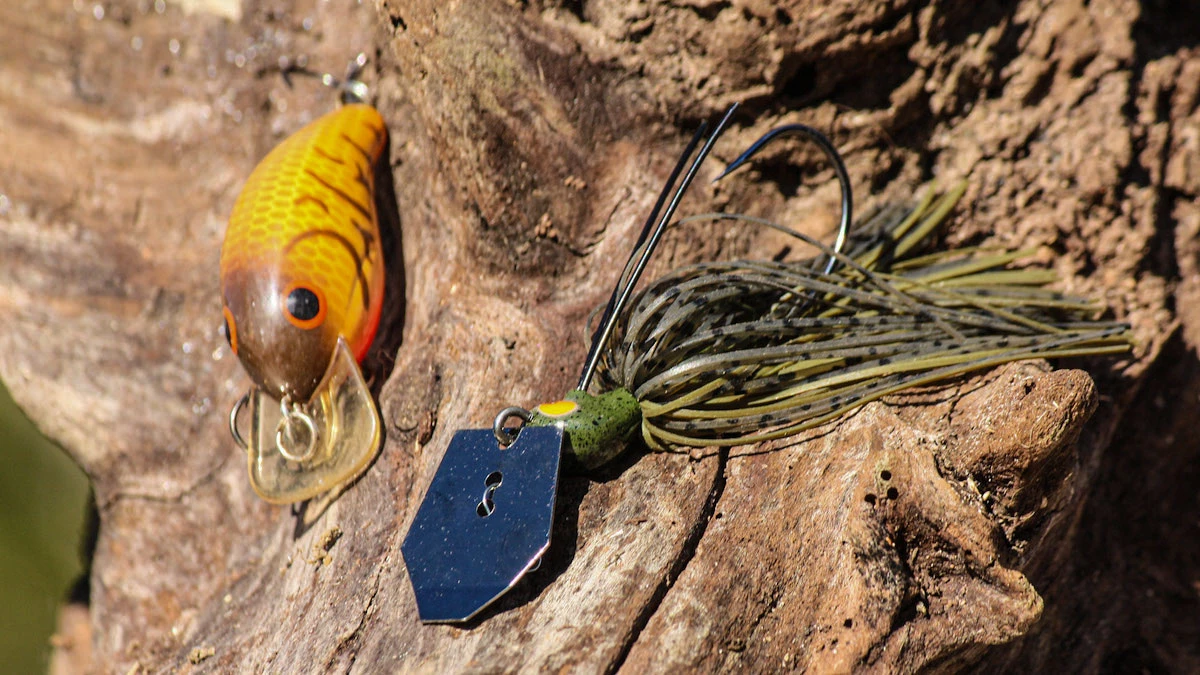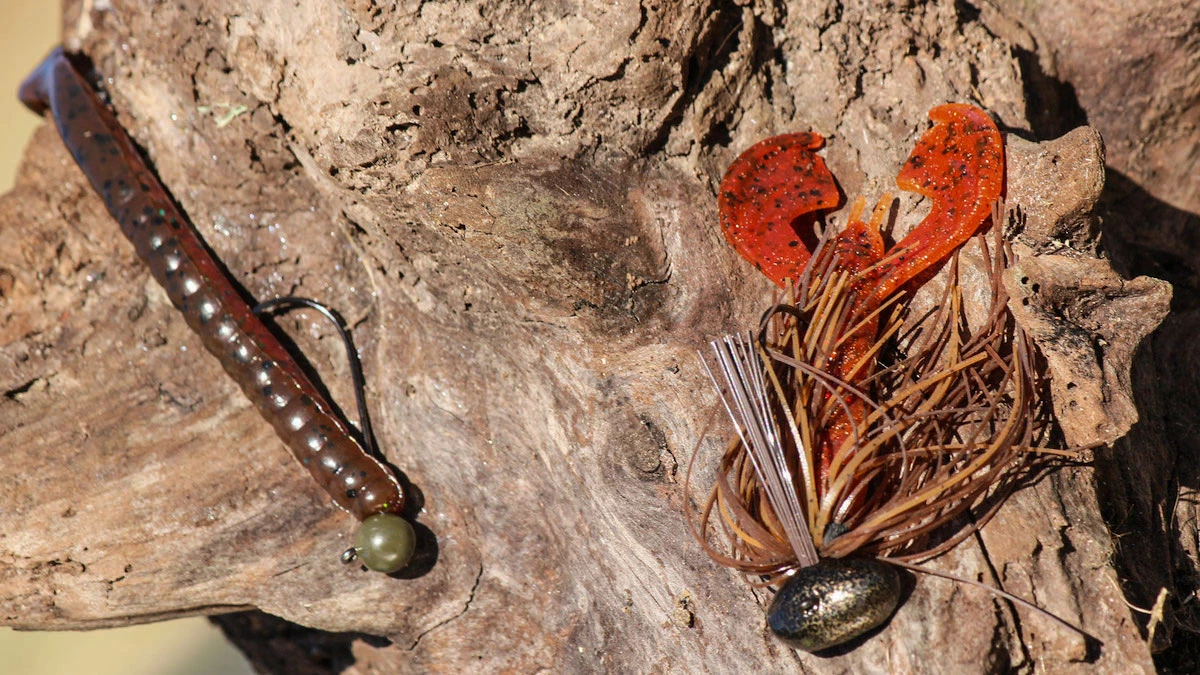The practice of selecting and fishing complementary bass fishing baits stems from the idea that there are certain baits that work really well when fished in tandem with others. Examples of this concept are the best way to explain it, so we’ll give several today to help drive this point home. Let’s get to it.
The idea
For starters, consider a buzzbait and a spinnerbait on a warm day in early spring. Given this situation, you might be able to get a few big bites on the buzzbait but the bass aren’t 100 percent sold on the topwater bite yet; so it’s a good idea to have a spinnerbait on hand to throw as well.
Since you’re able to get a big bite or two on the buzzbait, it’s hard to put it down. Making a pass through an area with the buzzbait first and then recycling the water with a spinnerbait reeled just below the surface will likely produce more fish catches than either bait would have alone.
This is the reason that learning to select and fish complementary baits is a skillset worth adopting. Always remember that just a few inches in the water column can make a monumental difference throughout the entire year. If something looks good and you don’t get a few bites with a particular lure, never be afraid to turn back around and fish the exact same stretch with a different bait. You’ll be surprised by how many big bites you’ll get doing this.
Fishing one bait behind another
We mentioned the scenario of fishing behind yourself but complementary baits are especially important when fishing behind someone else. Now this may be in a co-angler situation where you’re in the back of someone’s boat, fishing a populated area from the bank or even fishing a team tournament shoulder-to-shoulder with your partner.
Rarely in any of these situations should you be throwing the same exact bait as someone else. Instead, you’re better off picking a bait that’s complementary to what the other angler is throwing, just slightly on the more finesse side.
My dad and I fish a lot of team tournaments for example and whoever is in the front of the boat is often throwing a big spinnerbait when we’re fishing stained and muddy water. So whoever isn’t on the trolling motor doesn’t want to to be throwing a spinnerbait as well but instead, something slightly slower and less aggressive.
This makes a squarebill the perfect complementary bait when fishing around wood, rocks and docks and a swim jig is a great selection when fishing around vegetation. Both of these baits complement a spinnerbait well because they have smaller and less flashy profiles while still mimicking the same bait fish as the spinnerbait.
Quite often, the spinnerbait will alert a bass that there’s prey in the area, but the spinnerbait is either a little much for them or they can’t quite catch up to it in time. But then they hit the complementary bait instead that comes along a cast or two later. Sometimes those bigger, more aggressive baits just draw their attention and get ‘em riled up and the follow-up bait seals the deal.
Covering water
There are a couple more instances where it makes a lot of sense to have complementary baits on deck. One occurs when needing to cover water in order to get bit. Say you’re getting a few bites on a swim jig but you have to fish hundreds of yards of unproductive water to reach a productive stretch.
In a situation like this, it’s often best to pick up a toad, spinnerbait or buzzbait that can be fished a little faster and will draw fish in from a little farther off. Cover water with one of these baits until you get a bite or two, all the while intending to slow down and pick those more productive stretches apart with the complementary swim jig once you find them, since the fish are committing to the jig a little better.
Follow-up baits and final thoughts
Kind of on the flip-side of the same coin, having a complementary bait rigged up as a follow-up bait is almost always a good idea. Say the fish are hitting a swim jig pretty good, but you still have one swipe at it and miss it some times.
Having a light Texas rig on deck in the same basic color scheme as the swim jig is often the most effective way to catch those fish that are boiling on the swim jig and missing it. Fight the urge to throw the jig back in there and instead present the bass with the complementary pitching bait and you’ll often trick them into biting.
To really drive this point home, consider this list of complementary baits and pay attention to the order in which they’re listed: A lipless crankbait and Scrounger, frog and swim jig, topwater and wacky rig, jerkbait and single swimbait, ChatterBait and swim jig, football jig and shaky head, A-Rig and single swimbait, 1/2-ounce spinnerbait and 1/4-ounce spinnerbait, Whopper Plopper and popper, shaky head and Ned rig.
In each of these situations, the second bait is at least slightly less aggressive than the first, making it a great complement to whatever the first bait is that the fish see. The old idea of just throwing a shaky head behind someone or as a clean up bait behind yourself is outdated and greatly limits productivity.
Use the primary bait to help you choose the size and color of the secondary bait, aiming to minimize your presence in the water and the amount of effort or aggression a bass would have to exert to eat it. Doing this will help you develop an arsenal of complementary baits that will greatly increase your productivity on the water.


